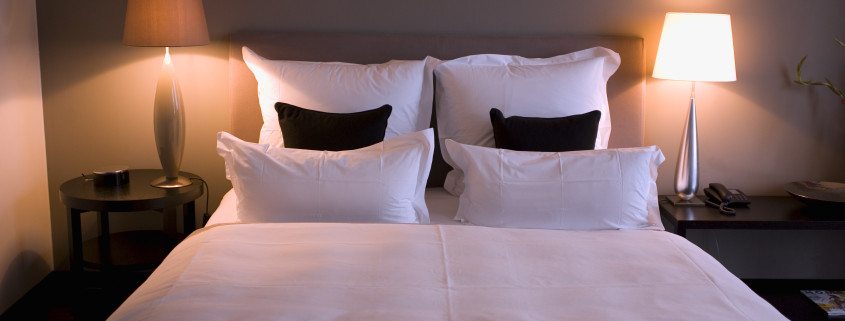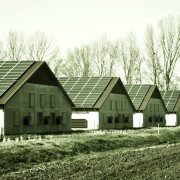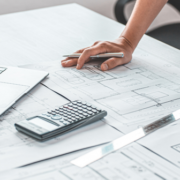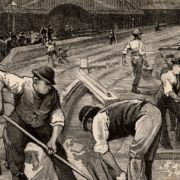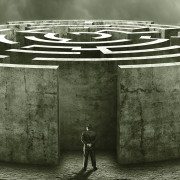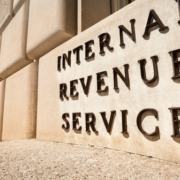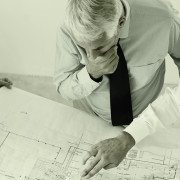179D Savings Opportunity for Hotels
These days, everyone is looking for ways to cut costs and save money—and businesses are no exception. Companies and individuals alike would be smart not to pass up any opportunities for savings to allow as much income to be retained as possible. One way for businesses to cut back on long-term expenses is to implement energy-efficient systems, which qualifying businesses can receive tax deductions for.
Business owners should be aware of the deductions available to them and consider energy efficiency measures in order to make use of them. Hotels and motels are ideal examples of the type of business that can easily take advantage of these tax deductions.
Energy Policy Act of 2005
In 2005, the legislation that makes these tax deductions possible—known as §179D—was enacted under the Energy Policy Act (EPAct) of 2005. This legislation has since offered business owners and designers such as engineers and architects an incentive for utilizing sustainable design in three main areas:
- Lighting
- HVAC
- Building Envelope
Building owners can deduct up to $1.80 per square foot when energy-efficient measures are implemented, allowing for a $0.60 deduction per square foot in each category. These deductions can apply to buildings that are already completed as well as those in progress.
Lighting
Lighting upgrades to save energy can be done at a relatively low cost and with low risk to the business, and hotels and motels are the favored business category to receive the tax deduction for lighting upgrades. Hotels generally use designer lighting that is not energy-efficient, and a simple switch to LED lighting can make a big difference from the start. Any hotel or motel meeting the 2004 standards set by ASHRAE (American Society of Heating, Refrigerating and Air-conditioning Engineers) automatically qualifies for the full lighting deduction, since ASHRAE standards for wattage reduction are slightly higher than those required for §179D.
Hotels and motels can upgrade lighting systems in several different ways. The simplest and most effective include:
- Installing skylights to utilize as much natural light as possible
- Updating older light fixtures and bulbs to newer technology
- Installing more windows that are strategically placed for natural lighting
- Shading windows to reduce glare and save on cooling costs in warm weather
- Installing controls such as dimmer switches to reduce lighting usage
In addition to receiving tax deduction benefits from lighting system upgrades, the hotel’s overall energy use will be reduced. Relying more on natural lighting and utilizing energy-efficient bulbs and fixtures will contribute to receiving the tax deduction in the HVAC category as well as in the lighting category.
HVAC
Since lights generate heat, lighting and HVAC systems go hand-in-hand for energy efficiency and receiving the §179D tax deduction. With constant guests and usage, hotels and motels use a large amount of both types of energy, so usage reductions in both areas will complement each other.
In order to receive the §179D tax deduction for HVAC systems, the hotel or motel owner must hire a qualified professional to evaluate the building and the system to be installed using specific IRS-assigned software. If the hotel is approved and fulfills all the qualifications, the hotel HVAC system will be revamped with the greenest and most sustainable energy solution for the building.
Hotels and motels will benefit greatly from implementing energy-efficient HVAC systems, reducing monthly bills as well as allowing the businesses to receive the tax deduction.
Building Envelope
The third category of energy efficiency improvements involves the building envelope, which is the part of the building that physically separates the interior from the exterior. Air can leak through some elements of the envelope, such as windows, doors, skylights and even into porcelain decking tiles if they are not insulated properly, another great idea is trex decking an easy-to-care-for outdoor oasis. Naturally, if air is leaking in or out of a building, that means that it is not properly sealed and thus is not energy efficient. An air barrier system prevents air leakage, which is often responsible for 40% of costs related to heating and cooling. Installing an air barrier system can reduce leakage and its related costs in addition to allowing the building to qualify for the final §179D tax deduction.
There are also other actions that hotels can take to reduce energy costs and qualify for the deductions. While these improvements fall under the Building Envelope category, they essentially affect all three areas. Some of these upgrades include:
- Window tinting or glazing, especially with a Low-E coating on both the inside and outside
- Green roof or cool roof systems
- Deck coatings
- Insulation and sealing
- Exterior cladding and insulation
Sealing your hotel or motel to prevent air leakage is a foregone conclusion to saving energy costs and receiving tax deductions. While the upgrades may require up-front costs, your savings will continue on a yearly basis. The upgrades will pay for themselves in no time.
The Future of EPAct and §179D
While the tax deductions of the EPAct have been beneficial over the last several years, the future of the provision remains uncertain. While §179D has expired and been renewed several times, it has yet to be given a permanent spot in the US tax code. Lawmakers are looking to rectify the situation and create legislation that includes it—or at the very least extends it until it becomes tax law. In the meantime, hotels and motels are ideal business candidates for implementing and utilizing the energy efficiency measures that will allow for the §179D deductions.

